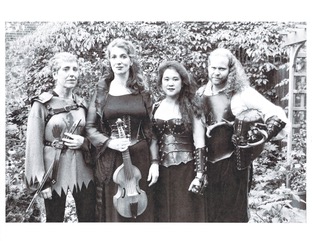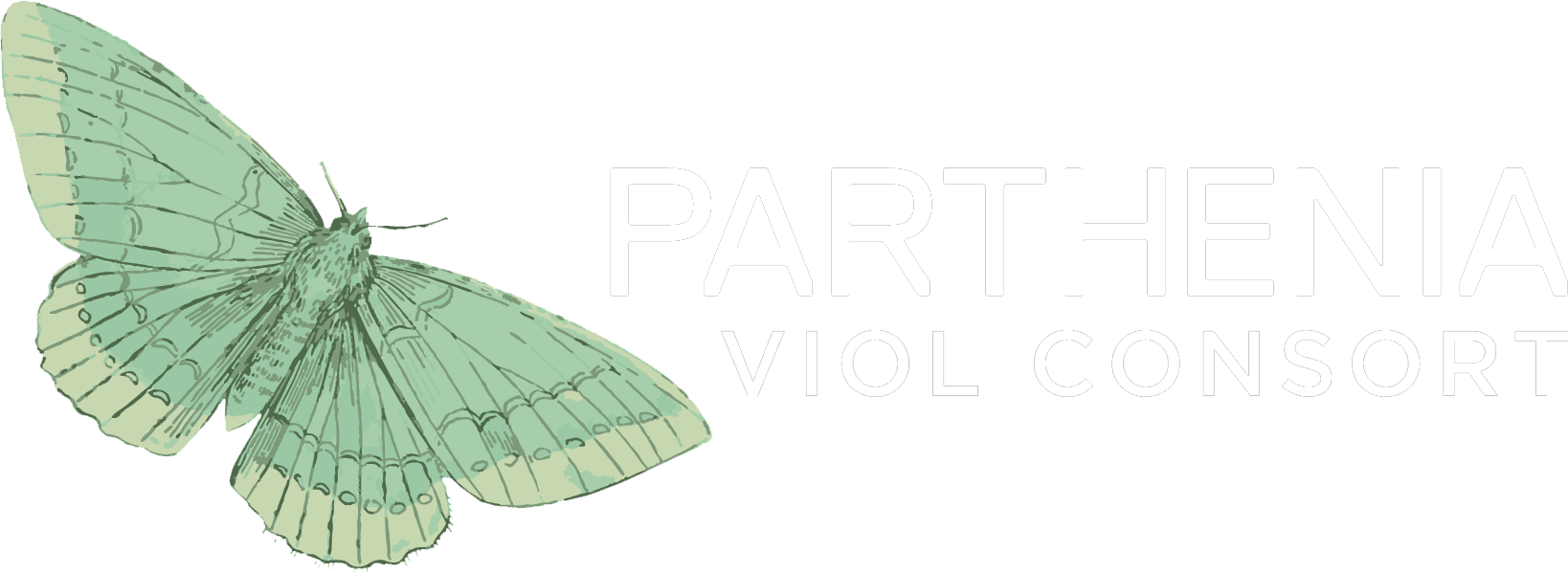It may beggar belief, but we have entered the pumpkin spice phase of 2021. Time flies, doesn’t it?
The usual accoutrements are by now familiar: cobwebs, the cherished annual broadcast of It’s the Great Pumpkin, Charlie Brown, parties with punch served from a witches cauldron of dubious authenticity, and, naturally, a lot (A LOT) of dry ice. Do be careful with that stuff, by the way—it’s not a toy!

All of these elements are important, but there’s nothing quite as evocative as sound, and, by extension, music. Music plays an essential role in Halloween—have you ever been to a silent haunted house? That’s why a YouTube link featuring the music of an obscure horror cassette recording of the 1980s (Horror Sounds of the Night) has almost 50,000 views. A quick listen will reveal that it’s cheesier than the local fromagerie (pipe organs augmented with chains dragging on wooden floorboards and cackling) but it obviously made an impression on someone.
In particular, “spooky” music is a key element in horror films that are the grist for umpteen Halloween movie marathons. For any doubters in the audience, consider this: Mike Oldfield’s Tubular Bells—now synonymous with The Exorcist—wasn’t even composed for the film that made it internationally famous. On a similar note, when John Carpenter wrote and recorded the music for what was then a low-budget independent slasher flick he had no idea he was contributing what would become one of the archetypal horror anthems; every bit as seminal as the lurching, insistent theme from Jaws.
That leads us to the thesis for this month’s blog: the viola da gamba is possibly the world’s greatest untapped resource for horror music. Using music to conjure up visions of evil is as old as the the devil’s interval, and the viol has the personality and musical flexibility to deliver all the dread an audience can possibly endure.
A bold claim, to be sure, but let’s explore this further in three main points:
- Firstly, consider the fact that the viola da gamba isn’t a mainstream instrument. Parthenia are working hard to change that status, but, for now, the viola da gamba is what might be referred to as a “specialty” instrument. In other words, it’s not something that people are likely to hear on a regular basis. Viola da gamba music has to be sought out. Under other circumstances, that might be considered a disadvantage, but in this case it’s a huge strength because the sound of the viola da gamba itself effortlessly unique. The sound of the viol is distant, eerie and immediately disconcerting—all of the feelings a good horror theme should instill.
- Secondly, the viola da gamba has the advantage of age; it instantly transports us back to a time before hot water and electricity were commonplace, and so it has a sinister, foreboding edge. For an example of this, give a listen to the opening strains of A Flower on the Farther Side; the sonorous dissonance conjures up images of a misty forest with a presence (or predator?) behind every tree. That droning, infinite loop quality is powerful enough to give anyone goosebumps. Because of the age factor, any future directors reading this are particularly encouraged to consider the viola da gamba for use in period horror pieces like Robert Eggers’s brilliant The Witch.

- And, last, but possibly the most important, the viola da gamba is an acoustic instrument. Synthesizers are versatile and effective tools, but even the best samples can lead an audience into a kind of auditory uncanny valley; as with CGI, the brain knows what it’s looking at or hearing isn’t real, so it can be easily dismissed. That’s why a surprising amount of the best horror sounds are actually produced by real, exotic devices such as the waterphone. And the best part about the viol is that it can be used as both a melodic instrument and as a vehicle with which to create soundscapes. The fact that the viol can create all the creepy sensations of something like the nightmare machine and also deliver coherent melodies makes for a tremendous range of possibilities.
So, film composers, think of this post as an invitation to step our of your comfort zones and experiment with an old instrument that offers new possibilities. For that matter, we’d like to extend that invitation to any and all content creators who are looking for a new way to deliver a chill up the spine. TikTok, in particular, has become something of a clearing house for short yet disturbing subject matter. Rather than relying on the same soundtrack that everyone else is using, why not listen to the viola da gamba? We promise—it’s nothing to be scared of!

